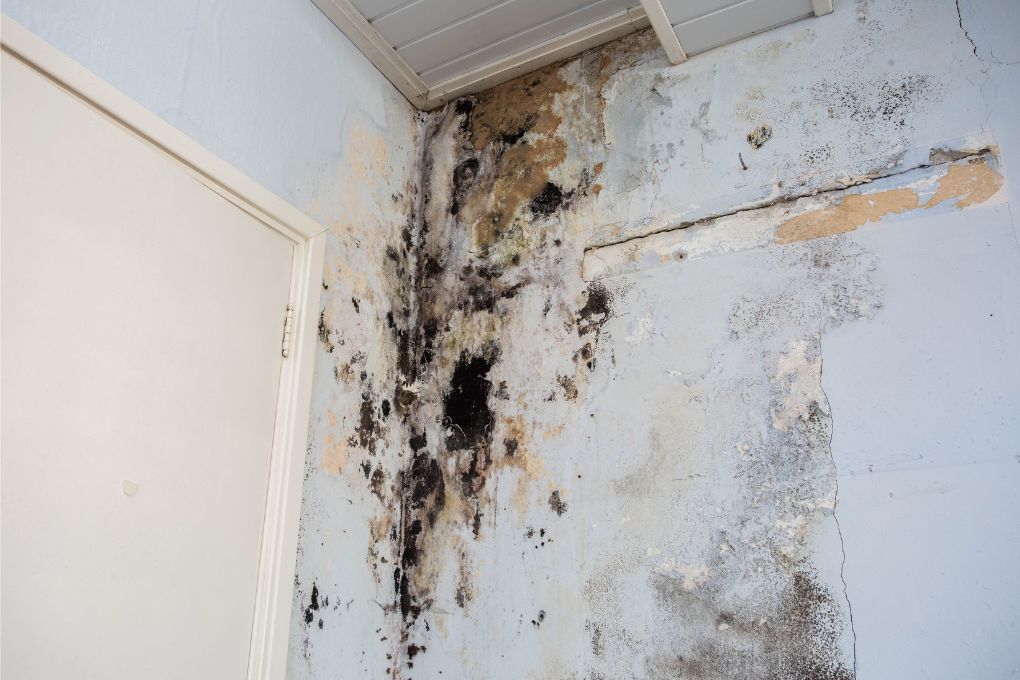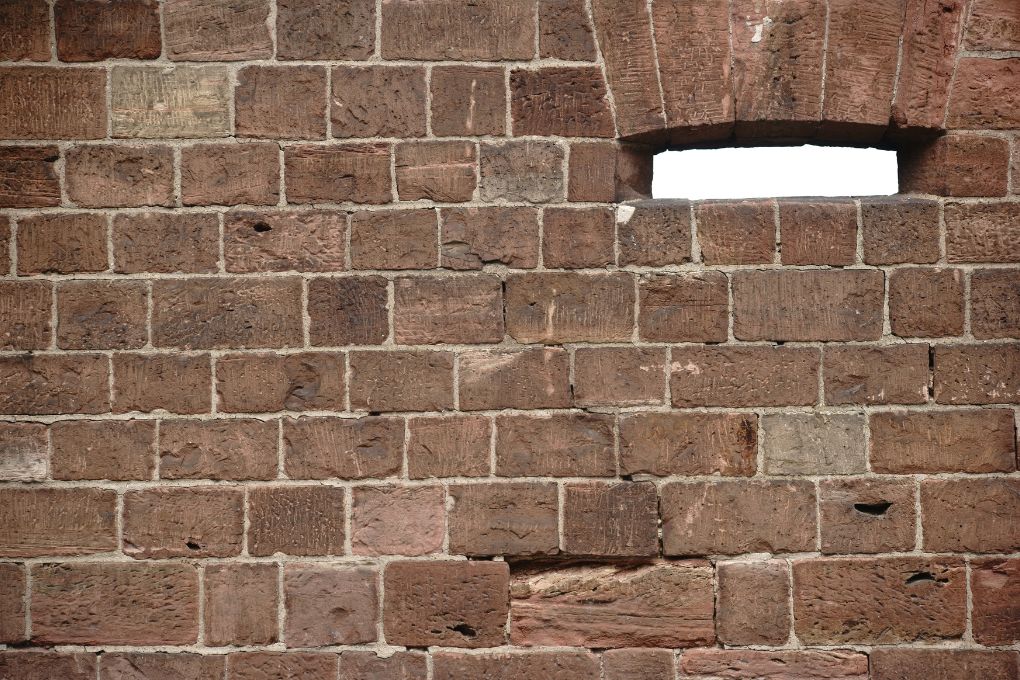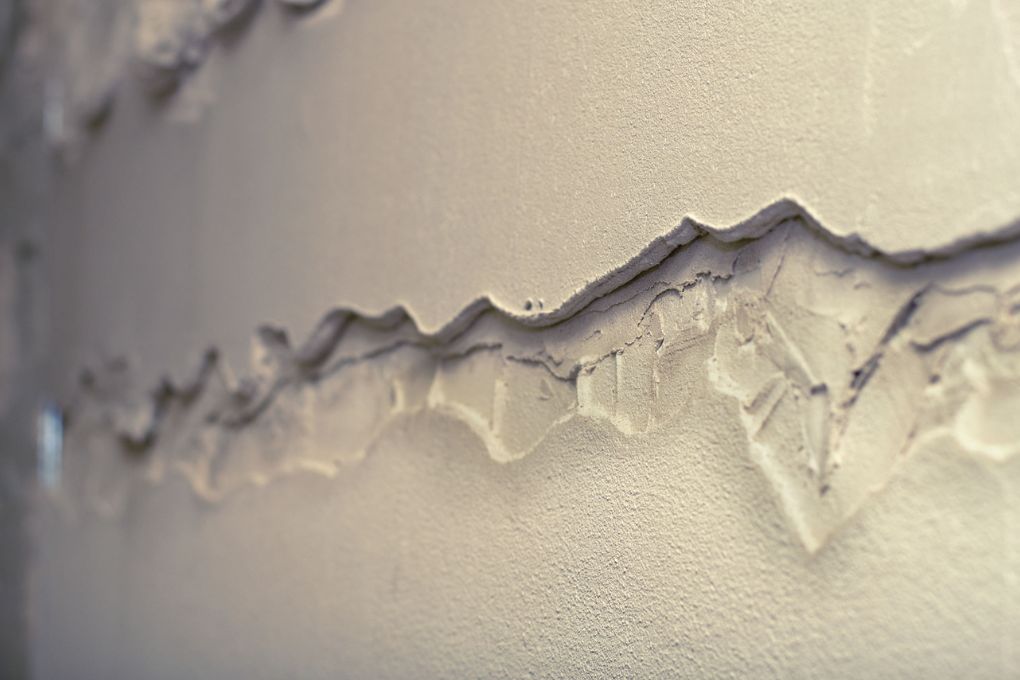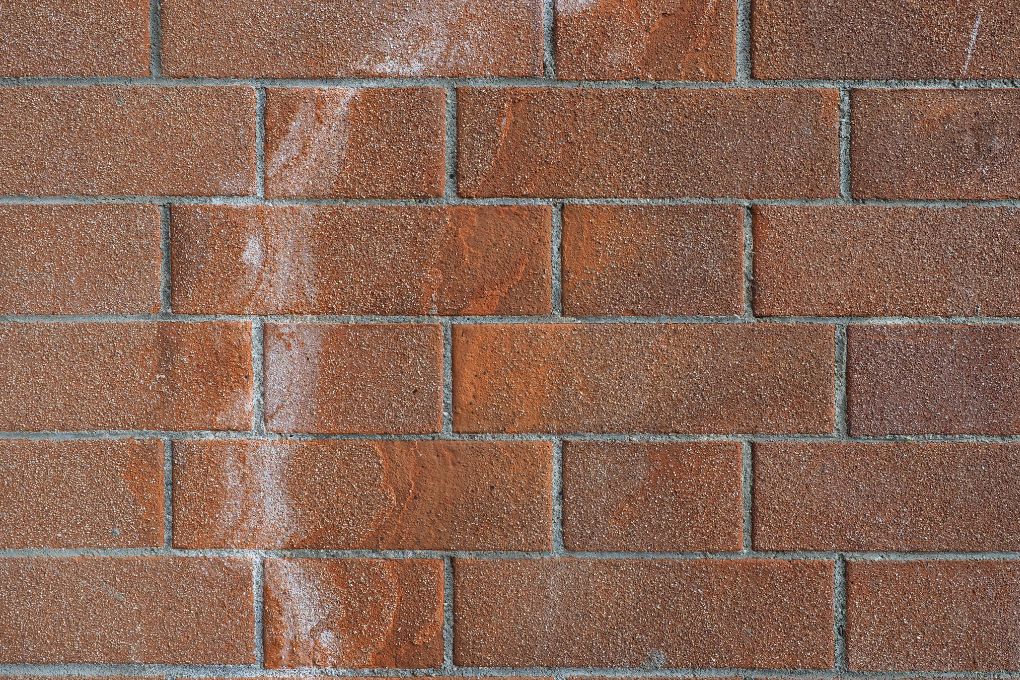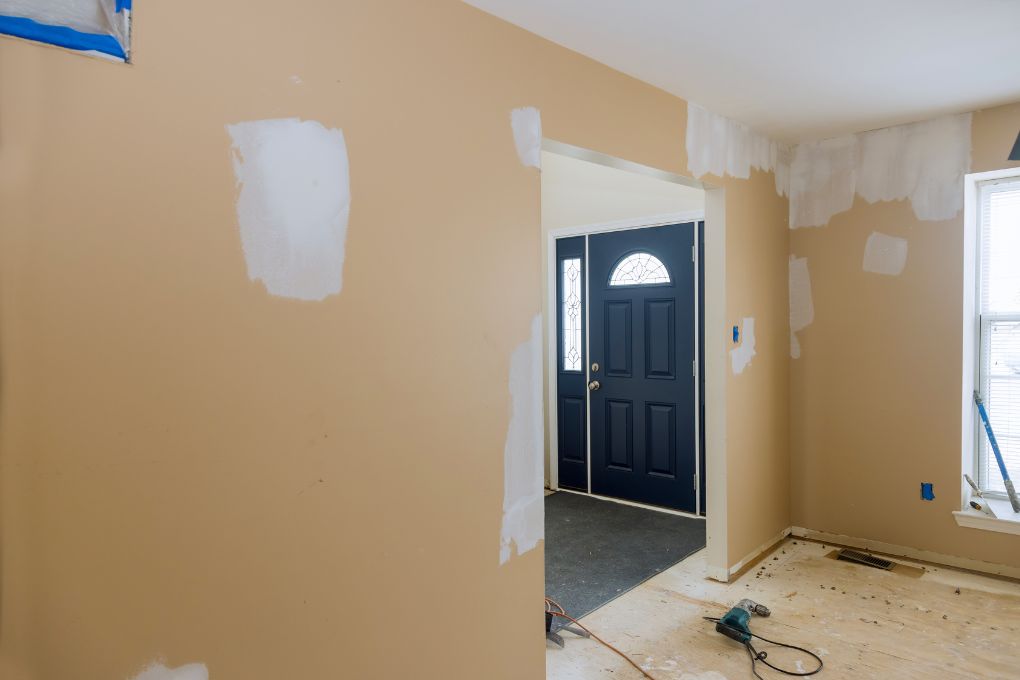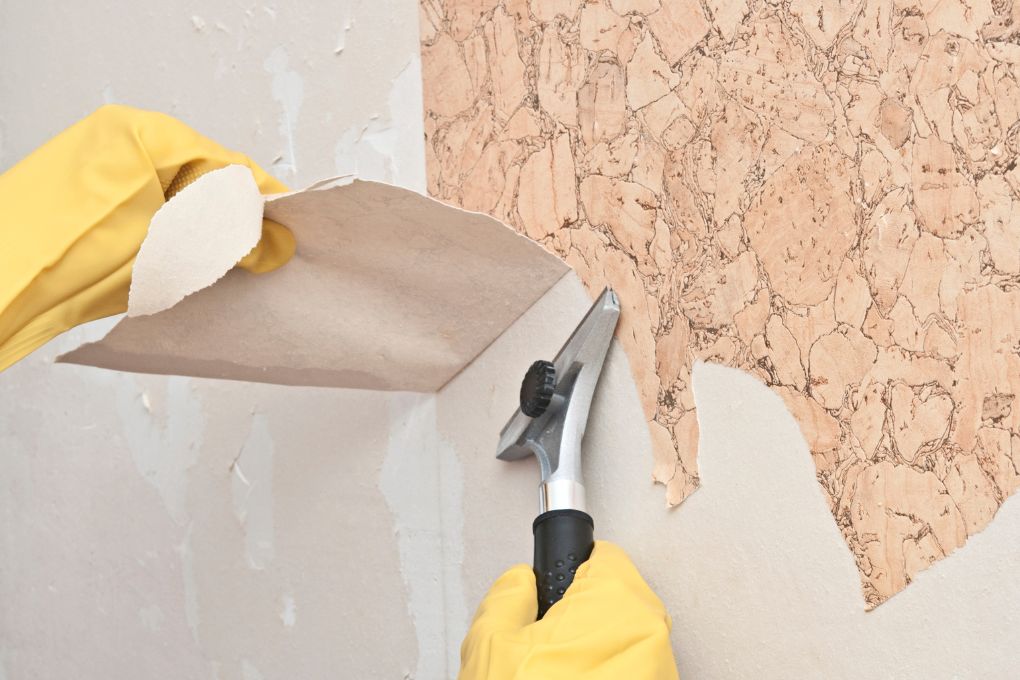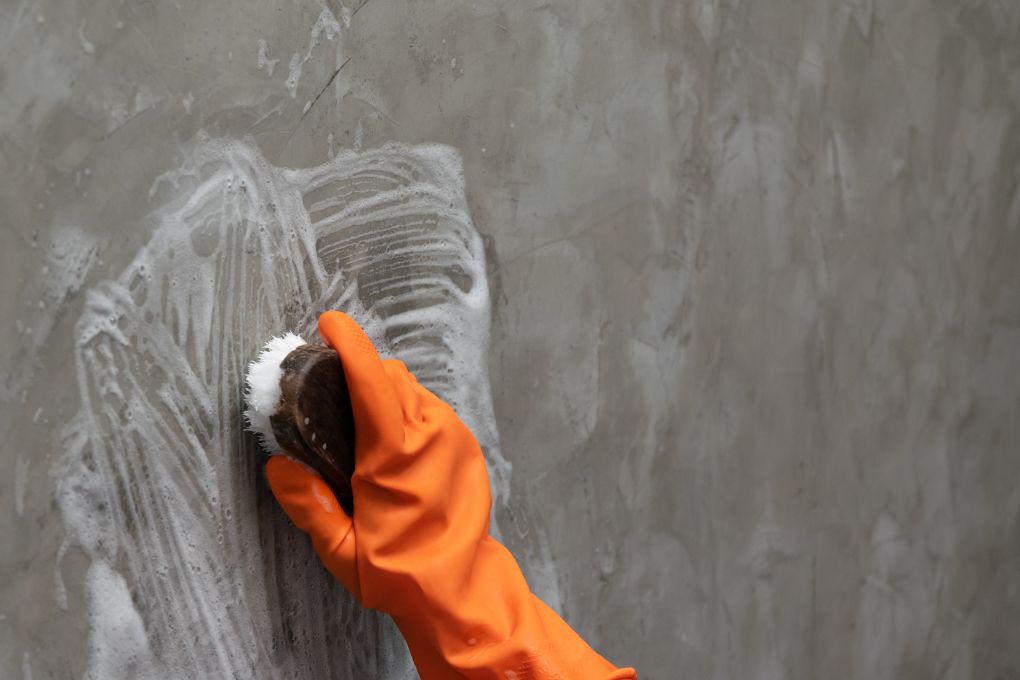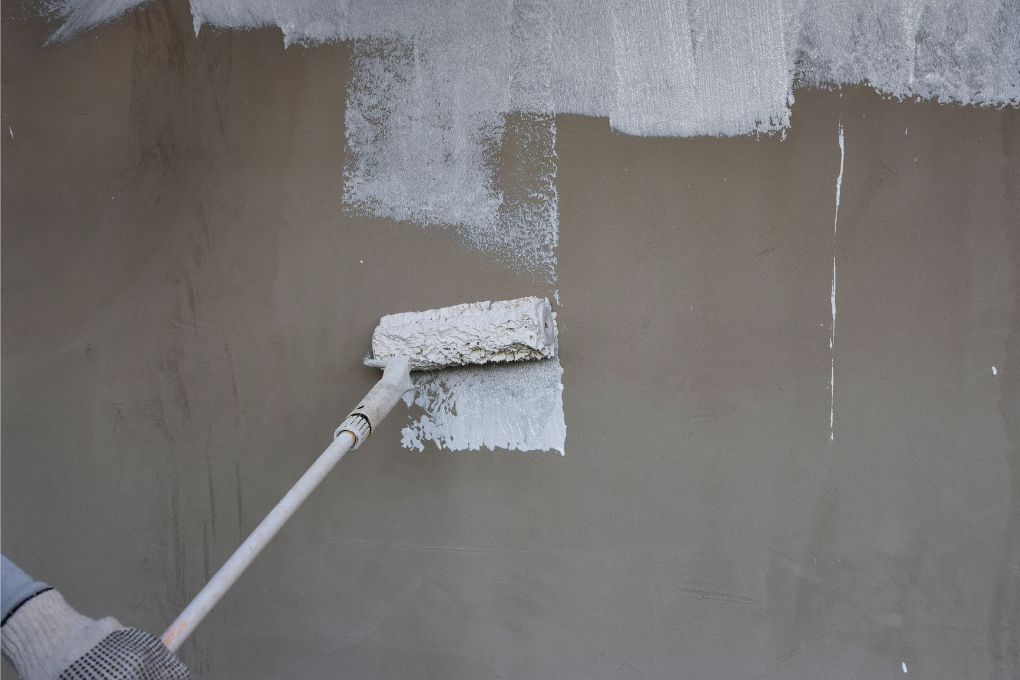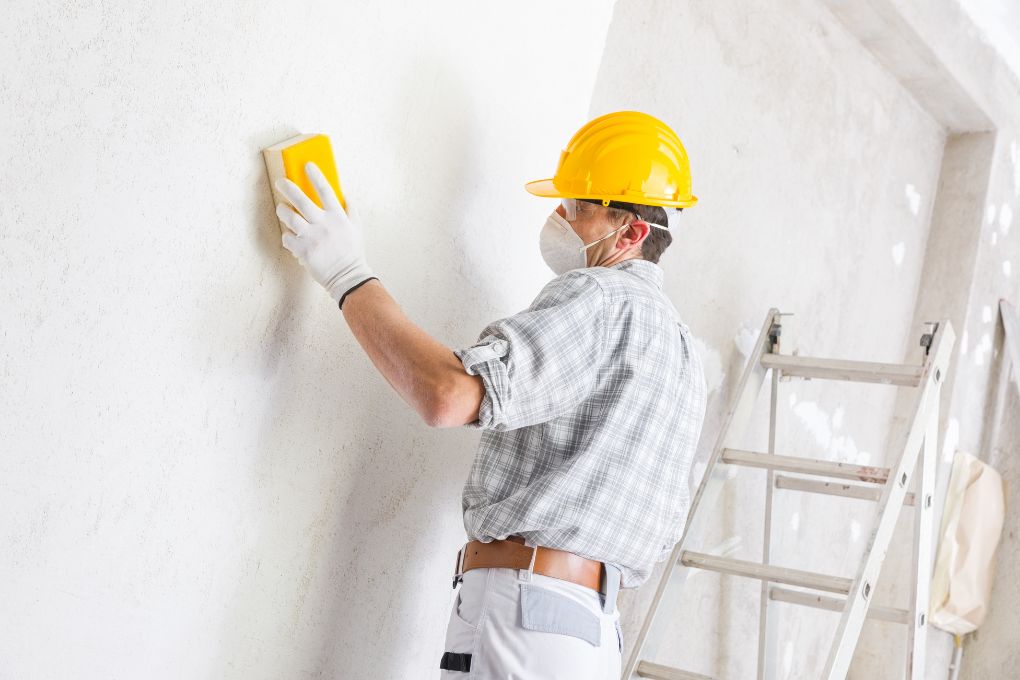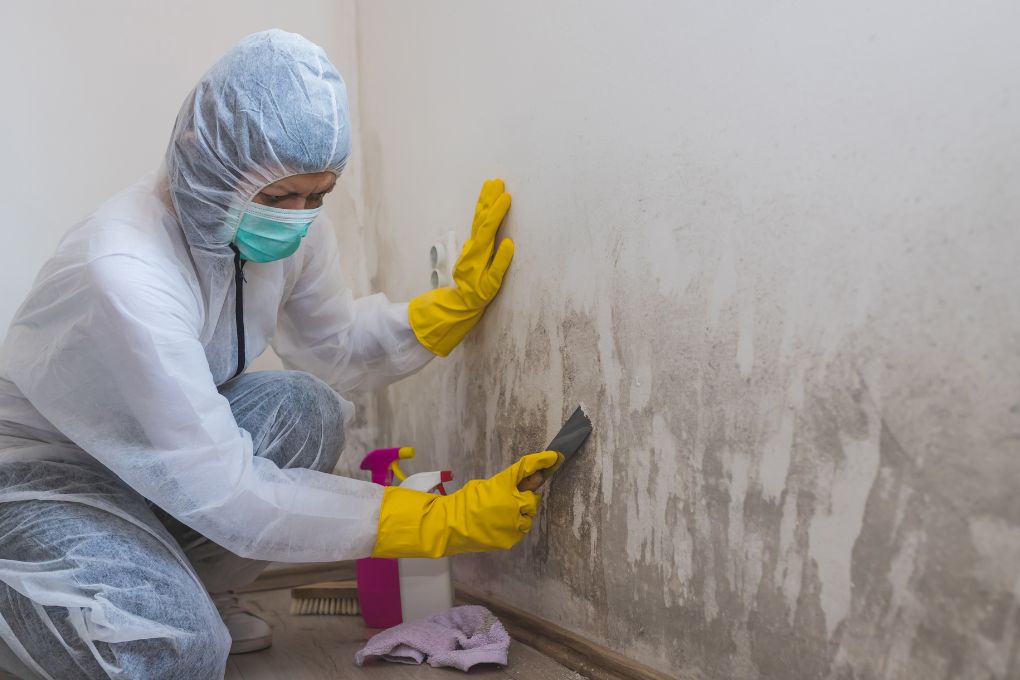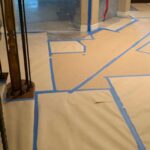Plaster walls are classic construction method that feature wooden lath covered with layers of plaster. This classic construction is indeed becoming less common in new buildings. These walls can be particularly vulnerable to water-related damage, including exposure to moisture, humid air, and condensation.
Preserving the beauty and historical significance of this construction technique is important, but detecting water damage can be challenging. Fortunately, there are key signs to watch for in order to identify water damage in plaster walls early. Regularly monitoring these indicators can help protect the integrity and aesthetics of plaster walls and enable timely remediation if damage occurs.
Causes of Water Damage on Cement Plaster Walls
Damaged plaster walls can result from a variety of causes, and understanding these causes is important for effective repair and maintenance.
Moisture and Water Damage
Water damage can be a significant problem for plaster walls. When leaks occur from plumbing or the roof, it can lead to issues like softening, crumbling, or a swollen appearance of the plaster. Essentially, the plaster loses its strength and structure which results in visual and structural problems.
Along with that condensation and high humidity levels can also be problematic for the plaster walls. Excessive moisture in the air can cause the plaster to crack and peel. This means you may notice lines and pieces of plaster detaching from the wall that is a result of the moisture in the air sticking to the walls and causing these surface imperfections.
In cases of flooding or excessive water exposure, plaster walls can weaken and even detach from the underlying surface.
Age and Deterioration
As plaster walls age, they often exhibit signs of wear and tear, such as cracks, holes, and other surface imperfections. Older plaster walls are especially susceptible to deterioration because the materials used in their construction may be more prone to aging and weakening. That’s why regular maintenance and repair essential for preserving their structural integrity and aesthetics.
Structural Settling
When a building’s foundation settles or experiences structural movements, it can put stress on the plaster walls. This stress often leads to the development of cracks and other structural issues in the plaster which compromises the overall stability and appearance of the walls. Regular inspections and addressing foundational problems can help prevent such plaster damage.
Impact and Physical Damage
Accidental impacts from furniture or people bumping into the wall can result in visible damage like cracks, dents, or holes in the plaster surface. Likewise, the active play of children or objects striking the wall can contribute to this kind of damage, making it necessary to be cautious and consider protective measures in high-traffic areas.
Poor Installation or Workmanship
Incorrect installation methods for plaster can result in long-term problems, including cracks, sagging, and the separation of layers. Issues can arise when the plaster’s thickness is uneven or when it doesn’t dry and cure consistently that impacts its structural integrity and appearance.
Read More: Why you should Hire a Professional Commercial Restoration Company
Signs of water damage on plaster walls
Common signs of water damage on plaster walls are:
Stains Caused by Paint Dripping
Irregular paint stains resembling water droplets typically apparent near wall discontinuities, like window frames or the ceiling junction. These stains are frequently attributable to plumbing leaks or external sources. When moisture infiltrates through gaps or leaks, it can interact with the paint, causing these distinctive water-like stain patterns. It’s important to investigate and rectify the underlying water source to prevent further damage.
Accumulation of Efflorescence
Efflorescence is characterized by white deposits that emerge when substances within masonry dissolve in water and are carried to the surface. When you observe this powdery buildup on your plaster wall, it’s a clear sign of excess moisture infiltrating from behind the wall. While efflorescence can be removed, it’s crucial to recognize that this issue points to an underlying moisture problem that requires attention. Addressing the source of excessive moisture, such as leaks or poor ventilation is indispensable to prevent its recurrence and further damage to the wall.
Read More: Dehumidifying Wood Floors (Step by Step)
Paint that is Peeling or Coming Off
For plaster surfaces that have been painted, a prominent indicator of water damage is the presence of loose or flaking paint. If the plaster beneath the paint gets wet, it can swiftly separate that is leading to visible flaking or bubbling of the paint. This process often happens more rapidly than damage to the plaster itself. Therefore, if you observe loose or flaking paint, it’s advisable to gently touch the area beneath to check if it feels damp as this can help confirm the presence of moisture-related issues that may need urgent attention.
Mold Growth or Mold Overgrowth
The presence of mold infestation signifies the existence of moisture, while also posing a substantial health hazard. When mold spores proliferate to the point of being visible, it indicates the sustained or recurring availability of moisture that supports their growth. If you notice signs of mold on your plaster wall, it’s imperative to engage a professional for remediation. Typically, this involves removing the affected plaster to address the underlying mold problem, ensuring a thorough and safe resolution.
Guide: Troubleshooting Bathtub Leaks
Plaster Wall Water Damage Repair
If you observe bubbling, flaking, or staining on your plaster walls, it’s a sign of water damage. To repair them without worsening the issue, start by addressing the source of water intrusion, then carefully remove damaged plaster, then allow the area to dry thoroughly, and apply appropriate plaster patching and painting techniques for a durable and visually appealing result.
Evaluate the Extent of Damage
If you spot water damage quickly, it might only affect the surface of the wall. But if it’s been around for a while, it could have gone deeper and even soaked into the wood behind the wall. In such situations, it’s a good idea to get a professional to check things out. They can carefully examine the damage, including any harm to the wood or metal structures, which might be getting weaker from rot or rust. Getting a professional opinion early is important to figure out what repairs are needed and to make sure the wall stays strong.
Eliminate the Plaster Showing Damage
After that, you’ll need to get rid of the plaster that has been affected by water damage. Use a putty knife to remove the bubbling, flaking, or peeling sections. Continue scraping until you reach the undamaged, solid plaster underneath. This process helps prepare the surface for proper repair and restoration.
Read More: Leaking Chimney Fixing
Clear Away the Dust
Use a firm brush to sweep away any loose plaster particles, and then vacuum up any remaining debris. This cleaning step ensures a smooth and clean surface for the subsequent repair or refinishing work on the wall, reducing the chances of irregularities in the final result.
Clean the Surrounding Areas
Take a sponge and clean the nearby area with fresh water and ensure the removal of any residual dust or debris. Afterward, allow the wall to air dry entirely. This crucial step prepares the surface for repairs and guarantees that any applied materials, like plaster patches or paint, adhere effectively for a smooth finish.
Apply Primer and Seal
For optimal results in blocking residual contamination and preventing stains, opt for oil-based primer-sealers. Allow the fast-drying primer to set for approximately an hour before proceeding to the next phase. This interim period confirms that the primer forms a solid barrier while promoting the effectiveness of subsequent wall treatments.
Fix the Damage
The next step involves the application of multiple thin layers of joint compound. Ensure an even and thin distribution of the compound, scraping off any excess material from the area. Once dry, precisely sand the surface until it’s smooth and level. Repeating this process several times is key to achieving a durable and imperceptible repair, as it builds up the layers of compound gradually for a seamless finish on your plaster wall.
Apply Paint to the Plastered Wall
After the last coat of compound has dried and been sanded to a smooth finish, use a damp cotton cloth to wipe away any residual dust. This step readies the surface for painting. Apply paint to the plaster wall to achieve a consistent look that blends with the other walls in your living room, ensuring a smooth and uniform appearance.
Restoration Services for Water Damage by SS Water Restoration
Don’t be alarmed if you’re dealing with water-damaged walls. Our team of skilled technicians at SS Water restoration provides convenient water and flood damage restoration services in Aubrey, Tx and surrounding areas. We offer a comprehensive range of services, including cleanup, construction, and help with insurance claims. Additionally, our staff specializes in various restoration solutions, such as roof leak maintenance, burst pipe cleanup, sewage backup restoration, mold remediation, and storm damage restoration.
Whether it’s a single room, an entire home, or a business, SS Water Restoration is your go-to for top-notch water cleanup services. Our certified water damage specialists are on call 24/7 for water damage emergencies.
FAQs About Water Damaged Walls
Can you plaster over water damaged plaster?
Yes, you can plaster over water-damaged plaster, but it’s crucial to first address and repair the underlying water issue to prevent further damage. Proper preparation, including drying the affected area and using suitable primers is essential for a successful and lasting repair.
Can wet plaster be saved?
Wet plaster can often be saved if it’s thoroughly dried out before it sets. However, once plaster has fully hardened, it cannot be saved and would need to be removed and replaced if damaged.
Should water damaged plaster be repaired or replaced?
The extent of the damage should guide the decision. Minor damage can often be repaired, but severe damage or extensive mold growth may require replacement for a lasting and safe solution.
How do you dry water damaged plaster?
To dry water-damaged plaster, ensure good ventilation, use fans or dehumidifiers, and allow ample time for the plaster to naturally dry. It’s important to address the source of moisture to prevent future damage.
Conclusion
Water damage on plaster walls can be a concerning issue, but with proper attention and timely action, it can be effectively addressed. It’s crucial to identify and resolve the source of moisture to prevent further damage. For severe cases and complex restoration needs, professional services like those offered by SS Water Restoration in Taxes can be invaluable. Our team of experienced technicians provides a wide range of water and flood damage restoration solutions, ensuring that your plaster walls are not only repaired but also restored to their original state. Whether it’s a small repair or a major restoration project, our experts can turn chaos into calm, helping you get your living spaces back to their best condition. Don’t hesitate to reach out to SS Water Restoration for professional assistance with water damage issues and rest assured that your home is in capable hands.


